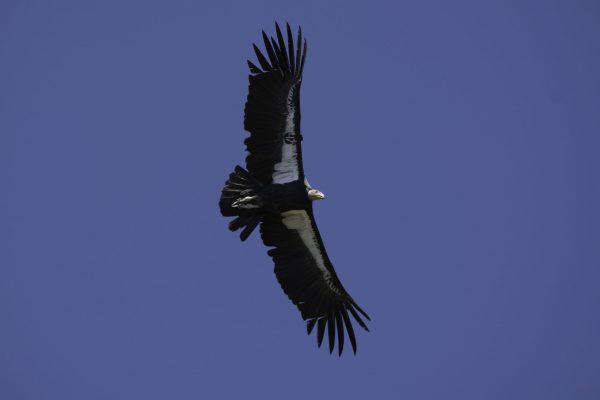Power Infrastructure
Home » Our Markets » Energy & Power » Power Infrastructure
Avian & Wildlife Power Line Interactions
Awareness of bird and other wildlife interactions with power infrastructure is fundamental to effectively planning, constructing, and operating both conventional and renewable electric generation, transmission, and distribution on private, state, and federal lands. Assessing risk, identifying potential issues, and developing commensurate measures to minimize bird and other wildlife interactions with electrical infrastructure aid in minimizing effects to wildlife and increasing electric reliability to the owner and operator.
WEST is unique in its ability to combine knowledge of infrastructure design and operation for all voltage classes with biological and landscape influences to offer up-front design input in addition to site-specific and programmatic risk assessments. We incorporate suggested practices and guidelines outlined by the Avian Power Line Interaction Committee and our expertise and experience in the arena to manage avian electrocution risk, collision risk, and nesting for both short- and long-term planning.
As energy generation, transmission, and distribution converges across industries, land uses, and operational planning, we employ new and evolving tools to proactively address infrastructure design (i.e., substations, transmission lines, distribution lines) while also supporting reactive measures. Both of these approaches are integral to program planning, such as developing and implementing Avian Protection Plans. The WEST team has provided these services across North America over the last 20 years.
Expertise & Services
- Avian Risk Assessments – Electrocution and Collision
- Infrastructure Design Reviews
- Animal-Caused Outage Assessments
- Avian Protection Plans
- General and Advanced Statistical Analyses and Modeling
- Eagle Compensatory Mitigation Planning
- Right-of-Way Vegetation Management Review and Planning
- Nest Management
- Siting Evaluations
- Habitat Assessments
- Wildlife, Plant, and Wetland Surveys
- Threatened and Endangered Species Documentation
- National Environmental Policy Act Review
- Special Use Permits
- Environmental Planning for Construction Work Plans
- Biological Assessments (Section 7)
- Habitat Conservation Plans (Section 10)
- Big Game Management along Rights-of-Way
- Monitoring Programs
- Nuisance Bird Management (Substations)

